Tropical weather
-
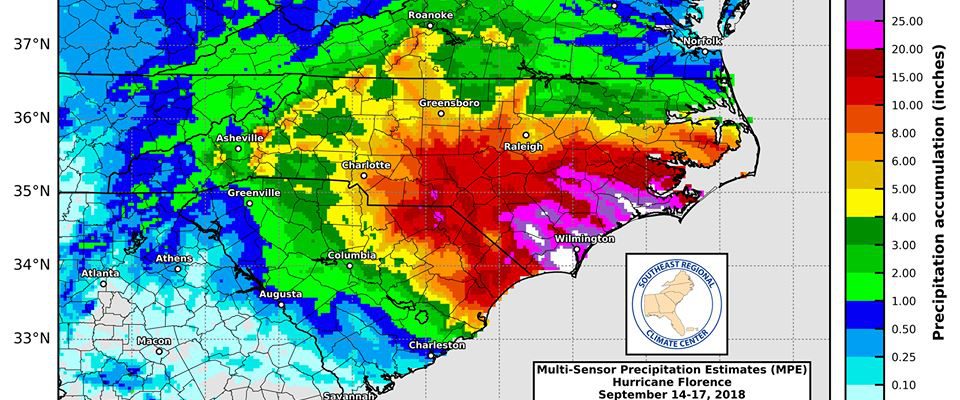
From my climatologist friend Jordan McLeod on Facebook: Here’s a map showing the 4-day rainfall totals from Hurricane Florence, using gridded Multi-Sensor Precipitation Estimates (MPE) data provided by the National Weather Service. The footprint of 10″+ of precipitation across the Carolinas is simply astounding, with numerous 30″+ pixels located in the Morehead City, NC and…
-
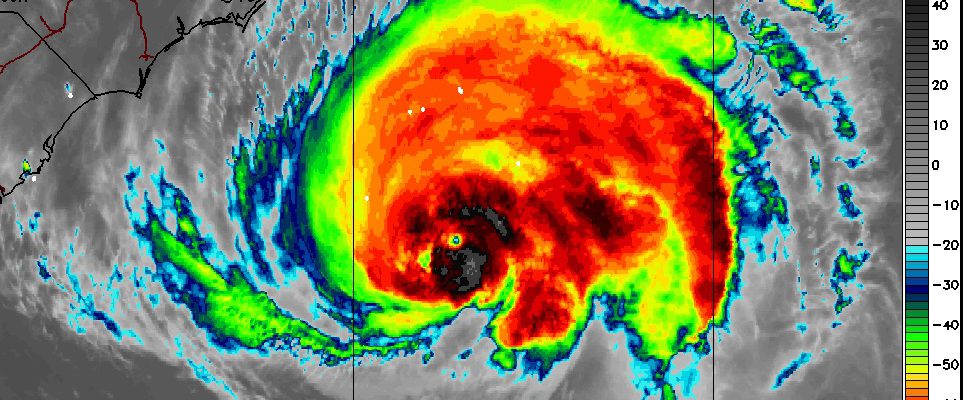
Now that Florence is moving out of the Southeast except for a few lingering feeder bands through NC, it’s time to think about the success or failure of messaging about the storm. The first thing to remember is that the forecast from the National Hurricane Center was fantastic as much as 5 days out. There…
-
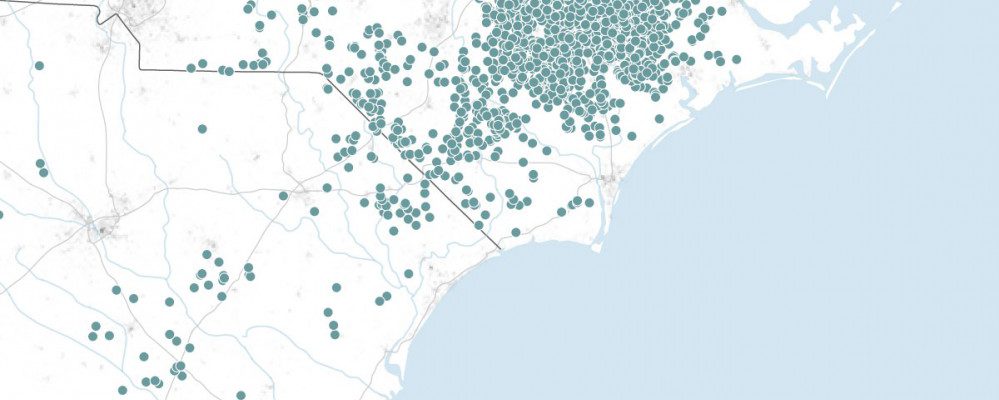
The New York Times posted an article yesterday which described some of the different hazardous sites in the path of Hurricane Florence, including superfund sites, coal ash ponds and hog farms. A lot of these are now under attack from Florence’s winds, rain and floods. Spillage from the sites could contaminate a wide area and…
-

Dear Extension folk, I am writing because there has been a change to the forecast path of Hurricane Florence and at this point most of Georgia is now in the 5-day cone of the forecast track. The change is due to a change in the steering air currents which are moving the storm around. While…
-
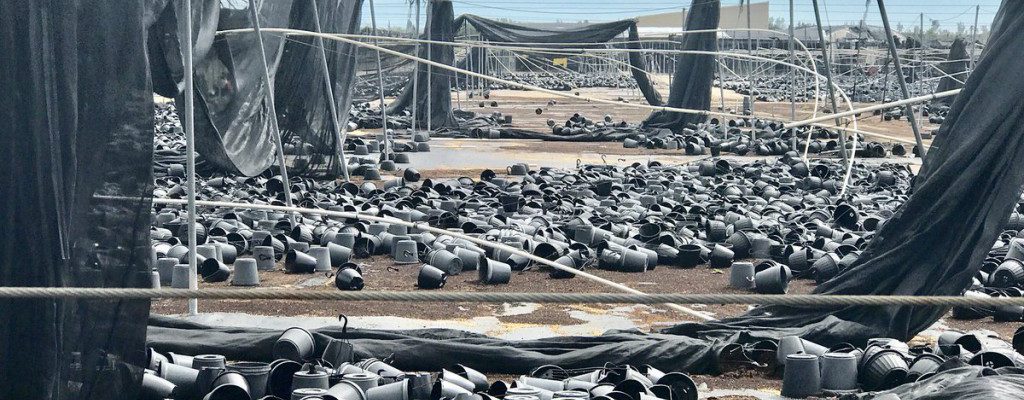
This is an oldie but a goodie published in 2008 when several tropical storms were moving towards North Carolina. If you have a small farm in the region that Florence is expected to go through, you might find the advice about greenhouses and planting useful. Note that Florence is likely to be much worse than…
-

Pig farmers are rushing to get ready for the landfall of Hurricane Florence, currently expected to hit the NC coast sometime late Thursday or early on Friday. The heaviest rainfall from the storm is expected to hit eastern North Carolina, a center of hog production in the Southeast. Previous storms like Floyd in 1999 and…
-
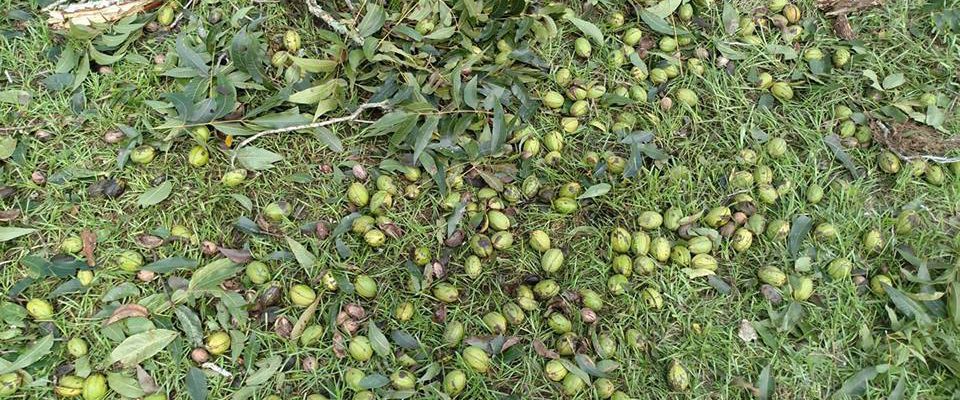
Tropical Storm Gordon came onshore along the Gulf Coast on September 4. According to a report from the Vegetable and Specialty Crop News, the high winds and heavy rain caused a lot of damage to pecan trees and dropped many nuts right before harvest (similar to what happened to Georgia pecans in Irma last year).…